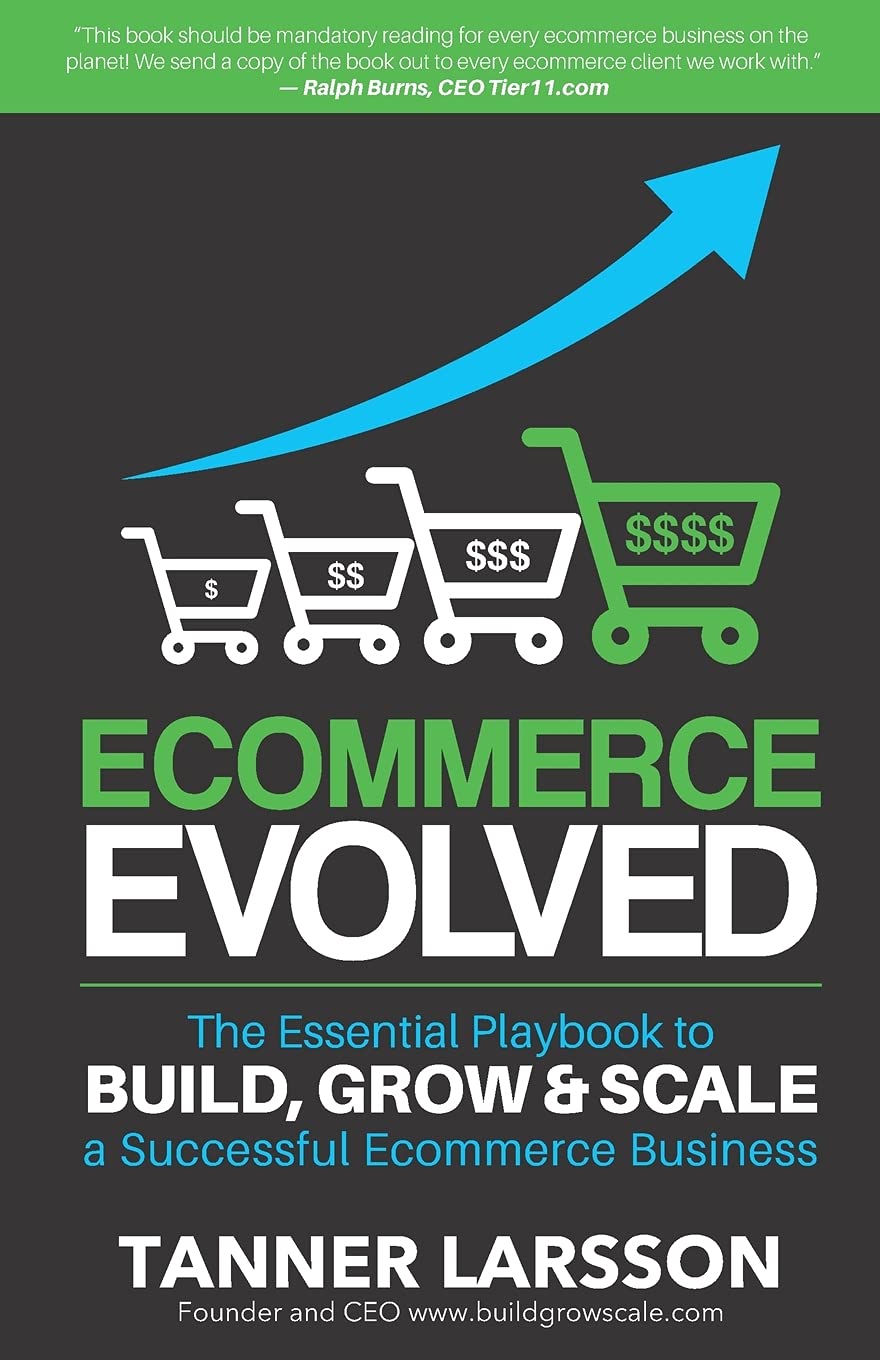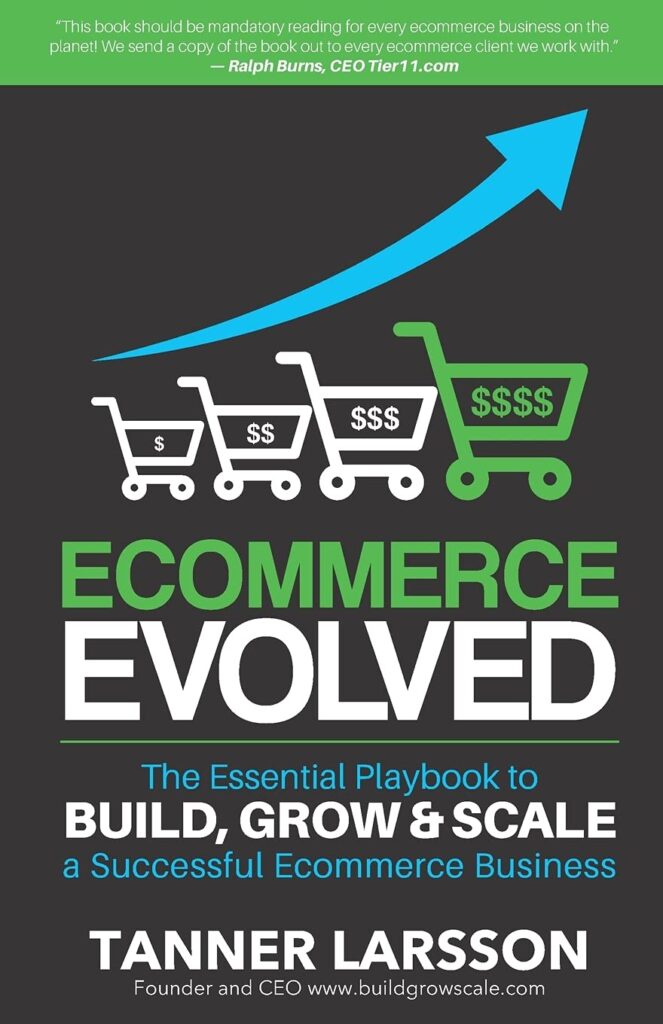Many people are intimidated to start an eCommerce business from scratch, but it is possible to anyone who follows the right steps and makes the right decision. Regardless of whether you are a beginner or an experienced business person, knowing these steps will help you avoid wasted time, money and energy. This ultimate guide is designed to cover each stage from selecting your specialty to starting and growing your business. Let’s dive in!
Choose Your eCommerce Niche
Choosing a correct niche is one of the basic strategies in creating a successful e-commerce business. A niche is a small market that you would like to concentrate on. Here’s how to choose yours:
Identify Your Interests and Expertise: Choose topics related to products or services that interest you or you already have some acquaintance with.
Research Market Demand: Google trends, semrush or ahrefs are an effective tools to use to find trending products and to monitor and compare competition.
Consider Profitability: Choose the products that have high markup and have a relatively constant level of consumers’ interest.
For instance, there is increased adoption of specialty markets such as the green market, pet products or workout wear.
Conduct Market Research
Who your target market is influences the kind of business plan you will have to develop.
Define Your Target Audience: Who are they? Look at variables such as, age, geographic location, and income.
Analyze Competitors: Conduct competitor analysis in order to understand what they are good or bad at. And while Simply Measured or Ahrefs might be helpful, there are options like SimilarWeb or SpyFu, as well.
Survey Potential Customers: Use questionnaires or interviews in order to get closer to the customer needs and wants.
Create a Business Plan
An eCommerce business plan is a strategic plan that defines the objectives and goals of the business, the specific steps you will take to achieve those goals, and the likely costs involved. Here are the elements to include:
Executive Summary: A short description of your business proposal.
Market Analysis: Information gathered from your market research.
Products or Services: Specific descriptions of the product that you will be selling.
Marketing and Sales Strategy: How you will be able to sell your products and services to the customers.
Financial Plan: Pricing policy, cost control and sales expectations.
It also assists in preparing a good business plan to present to a financier if one is required.
Choosing the Right eCommerce Platform
Selecting the appropriate platform is definitely the key to your business’s success. Some popular options include:
Shopify: Easy to use and perfect for novices.
WooCommerce: A versatile solution for users of WordPress.
BigCommerce: Ideal for scalability.
Some of the things to look for when choosing a platform include; the cost, the features offered, flexibility in customization and usability.
Register Your Business
However, to be legal in your operation you will have to register your business. Here’s how:
Choose a Business Name: Choose something special and easy to remember.
Obtain Necessary Licenses: In many places, you need special permits.
Register a Domain: It is advised to register a domain name that reflects your business name in order to gain people’s trust easily.
Source Products
After registration your business, it’s time to decide how you will obtain your products. Common methods include:
Manufacturing Your Own Products: Ideal for one-of-a-kind or specialty product.
Working with Wholesalers: Buy more products at a cheaper price as compared to when you buy a few products.
Dropshipping: Outsource your inventory and shipping with your suppliers.
As you will see, each approach is beneficial in its way, but knowing your budget situation and business model is crucial.
Build Your eCommerce Website
Actually, your website is the first thing that a customer sees when visiting your online store, so it should be both functional and aesthetically pleasing.
Choose a Professional Design: There are ready-made designs or you can employ the services of a professional to design one for you.
Optimize for Mobile: Make your website responsive for mobiles.
Add Essential Pages: Some of them are Home, Shop, About Us, Contact Us and FAQs.
Use High-Quality Images: Your products must be presented with good and clear photographs.
However, there are other factors that you should consider for your website such as; keyword, meta description and alt tags for images.
Set Up Payment and Shipping
Ensure that the check out process is simple by incorporating a safe payment
PayPal
Stripe
Square
For shipping, decide whether to offer free shipping, flat rates, or real-time carrier rates. Clearly outline your shipping and return policies to build customer trust.
Develop a Marketing Strategy
To make people shop at your store, you require a good marketing strategy. Some effective strategies include:
Search Engine Optimization (SEO): It also enhances organic visibility when you use the keywords that are related to your niche.
Content Marketing: Blog to post useful information about your products or service, or about the field you are a part of.
Social Media Marketing: Use Instagram, Facebook, and Pinterest to let your audience know about your store.
Email Marketing: Establish an email list of customers to send updates, promotions and newsletters among other things.
Pay-Per-Click Advertising: If you want to get to your target audience as soon as possible, use Google Ads or social media ads.
Test and Launch
It is always important to check your website before launching it to avoid any hitches to the users.
Check for Bugs: Fix any technical glitches.
Test Payment Gateways: Make sure that all the transactions should be completed smoothly.
Review Website Speed: Another way is to use such services as Google PageSpeed Insights to increase loading time.
After everything has been put in place, start your website and spread the word through social media platforms, email marketing and word of mouth.
Performance Control and Efficiency
It does not end at the launch of the product, but that is another topic for discussion. This means that you should always be assessing your performance so that you can see where you are weak and where you can improve.
Use Analytics Tools: Services like Google Analytics and Hotjar give information about customers.
Collect Customer Feedback: Promote feedback so as to know what does well and what does not.
A/B Testing: Experiment with various approaches in order to increase conversion ratios.
Scale Your Business
As your eCommerce business grows, explore ways to scale:
Expand Your Product Line: New product development should be done in accordance with customer feedback received.
Partner with Influencers: Engage with other influencers so that you can get more followers.
Explore International Markets: They have to ship their products to other countries to expand their market.
Purchasing automation tools and delegating such processes as customer support can also help you save time for growth.
Conclusion
Starting an eCommerce business from scratch is a rewarding journey that requires careful planning and execution. By following these steps—choosing a niche, conducting research, building a solid website, and creating a strong marketing strategy—you can set yourself up for success. Remember, consistency and adaptability are key as you navigate the challenges and opportunities of running an online store.
Take action today, and turn your dream of owning a thriving eCommerce business into reality!


